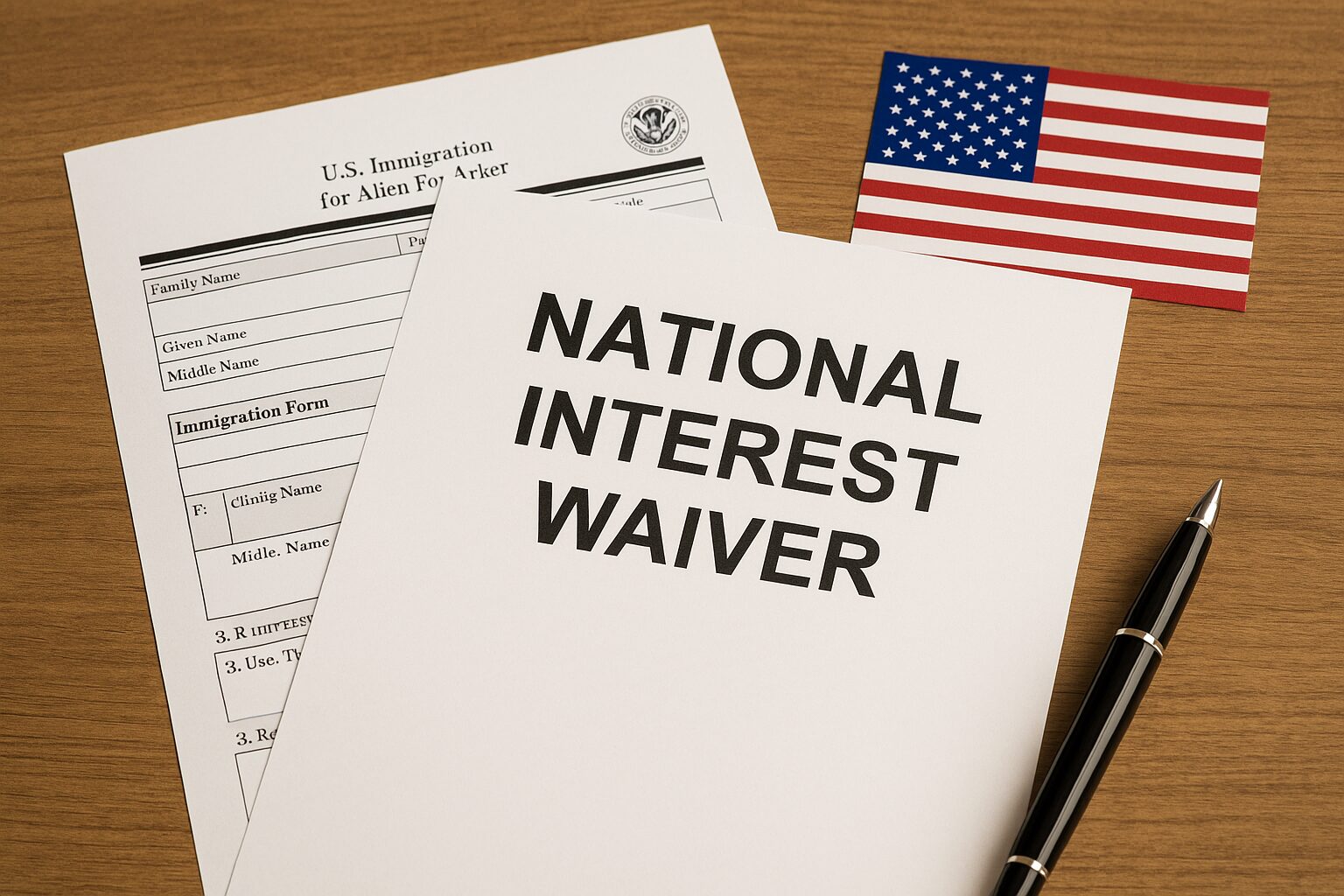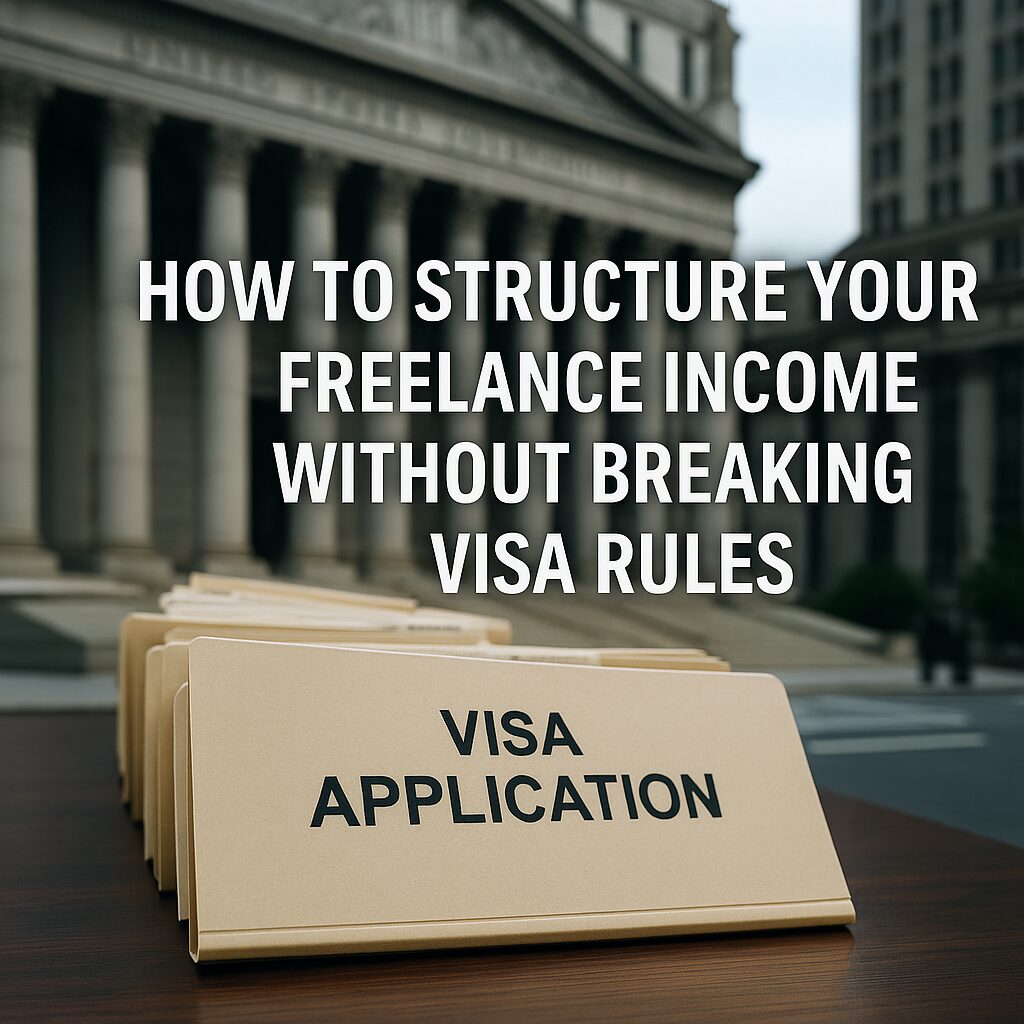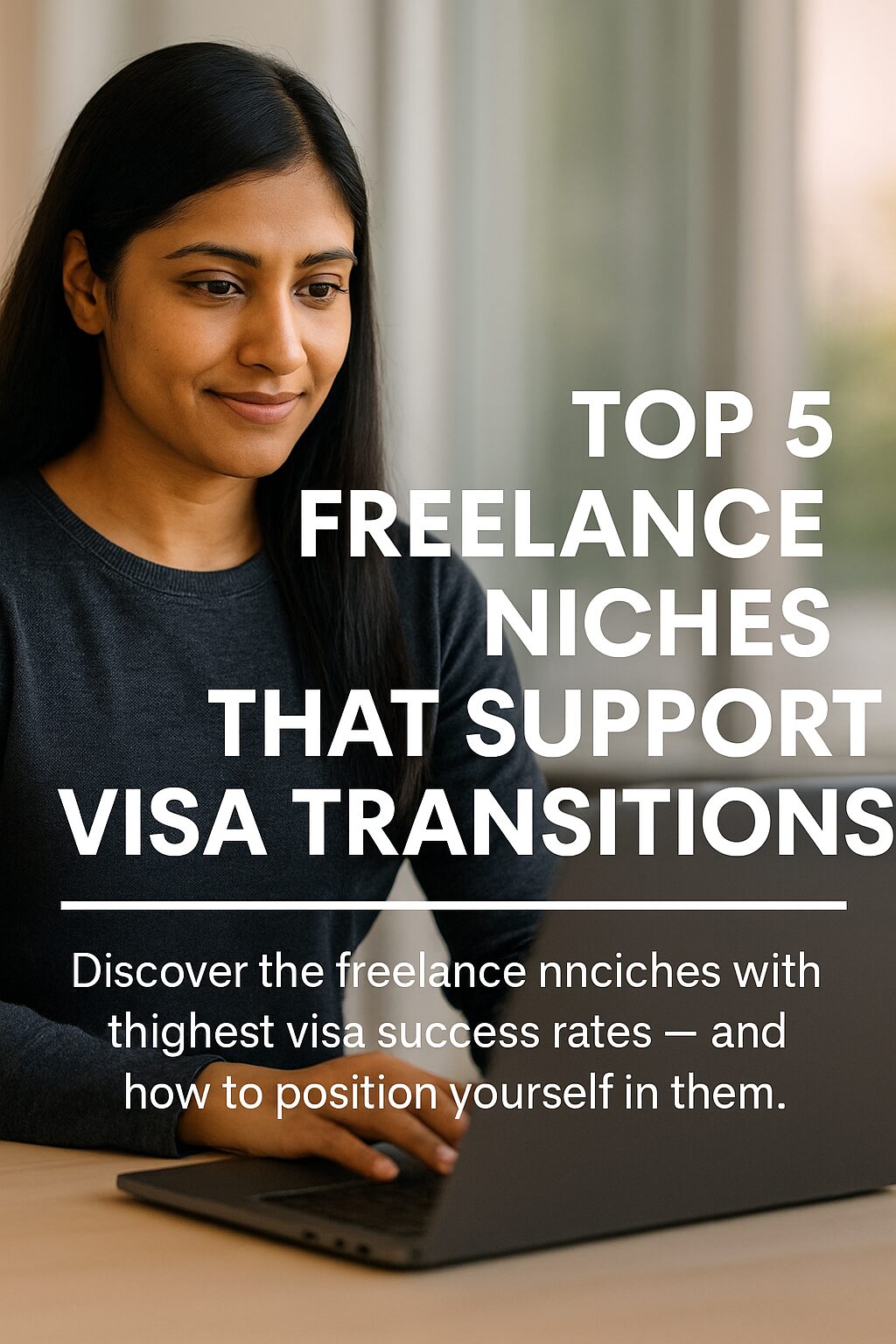1. Why the National Interest Letter Can Make or Break Your Case
The EB-2 National Interest Waiver (NIW) is a unique U.S. visa category that allows highly skilled professionals to self-petition for permanent residency without a job offer.
However, it comes with a big responsibility: convincing the U.S. government that your work directly benefits the national interest.
At the heart of this petition lies one powerful document: the National Interest Letter. Unlike a resume or a cover letter, this document must build a legal and persuasive argument. It’s your chance to tell USCIS why the United States should waive the job offer requirement just for you.
A well-crafted National Interest Letter shows that you’re not just qualified—but that your continued presence and work in the U.S. serve a greater public good. This document can often tip the scale between denial and approval.
2. What USCIS Really Wants to See
U.S. Citizenship and Immigration Services (USCIS) evaluates NIW petitions using three specific criteria (from the Dhanasar framework):
- Substantial merit and national importance
- Well-positioned to advance the endeavor
- On balance, waiving the job offer requirement benefits the U.S.
The National Interest Letter is where you address each of these directly, using real-world results, not vague statements.
3. The Winning Structure: 5 Core Sections That Work
To write a National Interest Letter that gets noticed, follow this proven five-part structure:
1. Introduction
Briefly introduce yourself, your field, and your petition. State clearly that you’re applying for the EB-2 NIW and that your work supports U.S. national interests.
Example:
“I am writing to respectfully request approval of my EB-2 National Interest Waiver petition based on my ongoing work in AI-driven health systems, which supports public health access and healthcare efficiency in the United States.”
2. Professional Background
Summarize your academic credentials, work experience, and professional achievements. Don’t list everything—focus on what aligns with your petition.
Highlight awards, media features, patents, or measurable outcomes (e.g., “improved system uptime by 45%,” “published in IEEE,” etc.).
3. National Interest Contribution
This is the heart of your letter. Explain how your work supports U.S. economic, scientific, or societal priorities. Connect your experience to real challenges the U.S. faces, like healthcare access, sustainability, cybersecurity, or economic development.
Tips:
- Use examples of your work’s past impact
- Forecast how your work could benefit U.S. systems or communities
- Reference government goals (e.g., “aligns with NIH’s 2023 public health priorities”)
4. Why the Waiver Is Justified
Explain why going through the labor certification (PERM) process doesn’t make sense in your case. This could be due to:
- Urgency of your work
- Niche expertise not easily found
- Need for independence or project mobility
You must make the case that you are better able to contribute if the waiver is granted.
5. Conclusion
Reinforce your long-term commitment to working in the U.S.
Thank the officer for reviewing your petition, and offer to provide any additional evidence.
4. Phrases That Strengthen Your Case
Here are powerful sentence templates used in successful petitions:
✅ For national interest impact:
- “My work directly addresses public health concerns identified in CDC’s recent findings.”
- “The AI models I developed contribute to infrastructure security—a core area of DHS focus.”
✅ For waiver justification:
- “Due to the interdisciplinary nature of my work, the traditional labor certification process is not practical.”
- “My continued research requires rapid deployment and cannot be delayed by traditional recruitment procedures.”
✅ For closing the argument:
- “I respectfully request favorable consideration of this petition based on my capacity to contribute to the national interest of the United States.”
- “I am fully committed to carrying out this work in the United States for the long-term benefit of American society.”
5. Real-World Case Studies
🇮🇳 Data Scientist – EB-2 NIW Approved
- Field: AI & healthcare
- Project: Developed a scheduling algorithm for hospitals in India
- Result: Reduced patient wait times by 30%
- U.S. Connection: Modeled potential deployment in underserved U.S. counties
- Outcome: Approved, with letter citing “potential measurable impact on U.S. public health infrastructure”
🇧🇷 Agricultural Economist – EB-2 NIW Approved
- Field: Climate-sensitive crop modeling
- Project: Built tools for Brazilian farmers
- U.S. Link: Proposed pilot with Midwest agriculture firms aligned with USDA objectives
- Outcome: USCIS recognized contribution to U.S. food security strategy
🇰🇷 UX Designer – EB-2 NIW Approved
- Field: Digital accessibility
- Project: Created elderly-friendly health app designs
- Argument: Focused on the U.S. aging population and Medicare digital access gaps
- Outcome: Approved, emphasized public interest in digital health accessibility
6. Top Mistakes That Lead to Rejection
Avoid these common pitfalls:
Using emotional language instead of facts
“I’ve always dreamed of living in America.” → Not relevant
No U.S. connection
USCIS needs to see your impact on the United States, not just your country of origin.
Repetition from recommendation letters
Don’t copy letters verbatim. Your voice must be clear and independent.
Vague metrics or generic language
“I improved things a lot” → Replace with: “Reduced project failure rate by 42%”
Skipping waiver justification
Without this section, your letter will be incomplete—even if everything else is strong.
7. Bonus: What to Attach With Your Letter
To strengthen your petition, consider attaching the following:
- Articles or blog posts about your work
- Data charts or graphs showing your impact
- Letters of collaboration from U.S. institutions
- Research summaries
- Patent documentation
- Product screenshots with user stats
- Translations of foreign documents (certified)
8. Your 3-Step Action Plan
✅ Step 1: Build a Clear Impact Narrative
Write down your biggest achievements. Attach real numbers to each.
✅ Step 2: Align With U.S. Priorities
Use government reports, research, and funding programs to tie your work to American needs.
✅ Step 3: Draft, Edit, and Test
Have peers or advisors read your letter. Polish it for clarity, tone, and logic.
This letter is your moment to take control of your immigration story—make every word count.
📌 Coming Up Next
“The Ultimate Guide to Avoiding Immigration Resume Pitfalls”
→ Learn what NOT to include in your resume, how to frame your digital work, and how to avoid red flags that could delay or derail your petition.







